

Uh oh...
It appears that you're using a severely outdated version of Safari on Windows. Many features won't work correctly, and functionality can't be guaranteed. Please try viewing this website in Edge, Mozilla, Chrome, or another modern browser. Sorry for any inconvenience this may have caused!
Read More about this safari issue.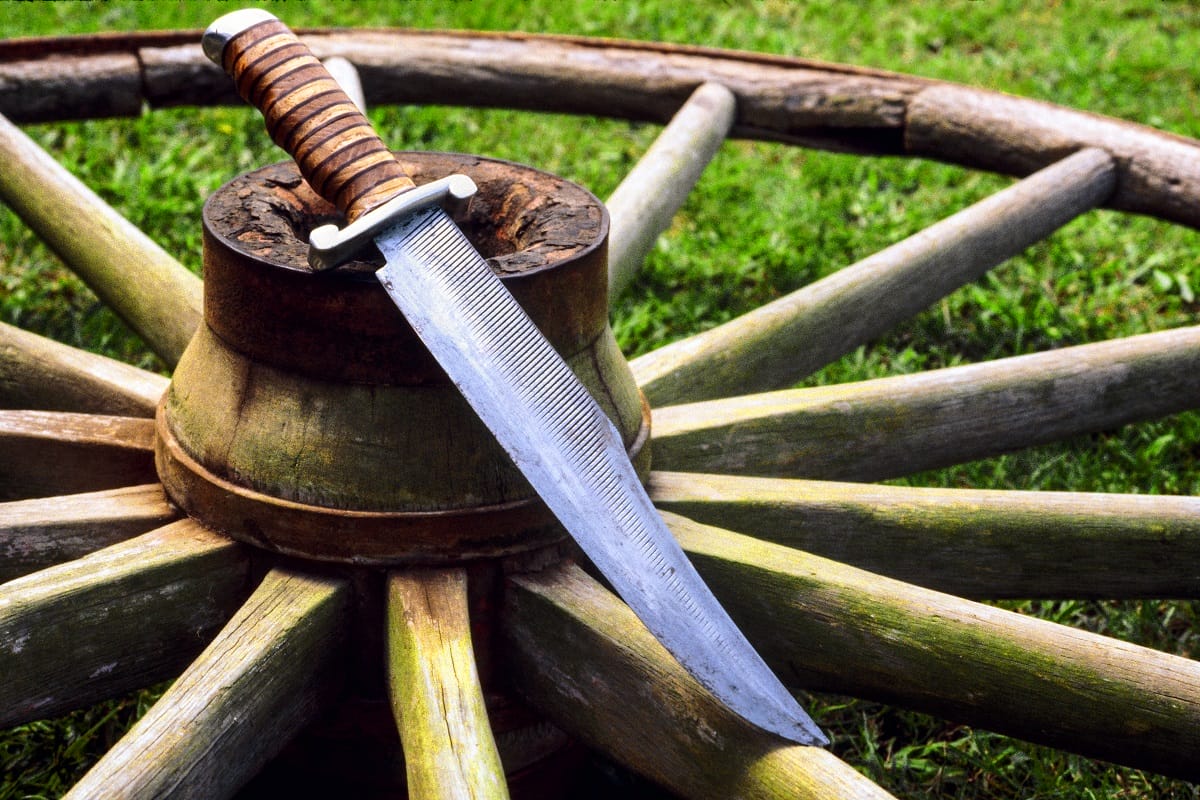

Arkansas’s well-known knife history began with James Black, a man often credited with crafting the world-famous Bowie Knife. And like something from a Bronte sisters’ novel, James Black’s story is filled with orphaned beginnings, fame, intrigue, and betrayal. Black’s humble background began far away from the wilds of Arkansas. Born in 1800 in New Jersey, Black ran away from home as a child (reportedly, he did not get along with his stepmother), and ended up as a silver-plating apprentice. When his apprenticeship was over, he stayed the course of the headstrong adventurer and traveled west to the frontier. After numerous jobs, and making acquaintances with famous people (some believe he met Jim Bowie for the first time in Louisiana), Black settled in the Washington, Arkansas area.
It was in Washington that James Black began work for a blacksmith named William Shaw. His long apprenticeship in silver-plating made him a skilled worker, and he was talented enough that Shaw offered him a partnership in the business. Work relations faltered, however, when Black fell in love with Shaw’s daughter, Anne. The two married despite Shaw’s angry protests.
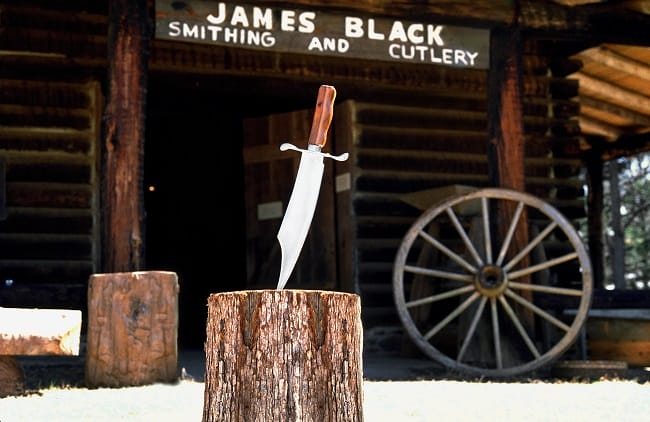
Photo courtesy of Arkansas Parks and Tourism
Black and his bride started a new life, and he set up his own blacksmith shop. To add insult to injury to his old boss (now disapproving father-in-law), Black hired his brother-in-law to work with him. Life was looking up for Black, who’s business prospered. He claimed to have made a knife for Jim Bowie, and when the famous frontiersman (who eventually met his demise at the Alamo) made the “Bowie Knife” famous in the “Sandbar Duel,” Black’s knife fame became known far and wide. Travelers would show up at his shop and ask for a knife just like the infamous Bowie.
The Bowie knife has been described over the years as a large hunting knife, a butcher’s knife, as well as being linked with Mediterranean influences as a Spanish-style hunting knife. Black’s knives were distinctively known for the silver around their coffin-shaped handles and were the most copied of all Bowie knife versions (and the version most often reproduced in England). James Black has also been credited with the creation of the Arkansas Toothpick (a knife with a double-edged blade coming to a point known as a deadly “throwing knife”) by various sources through the years, but the connection is a bit more tenuous than that of the Bowie knife.
James Black and Anne prospered during this time and had several children. Anne passed away in 1838. Then, in a twist of Shakespearian level betrayal, Black became sick and confined to bed. It was at this particular juncture that his father-in-law William Shaw, still harboring violent anger and plots of revenge, broke into his home and beat Black with a club. The family dog intervened, reportedly biting and attacking the assailant and driving him away, but not before Black’s eyesight was permanently damaged. This eyesight loss led Black on a trip across the country to find eye doctors who could heal him, but to no avail. When he returned home, he discovered that his father-in-law had not only taken his good eyesight, but also sold all his lands and property and run away with the proceeds. Destitute and in ill health, he spent the remainder of his life being taken care of by others. His exact knife-making methods have been lost in time.
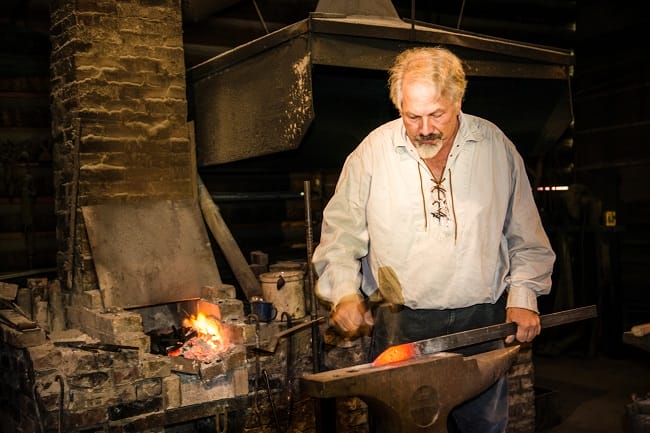
Photo courtesy of Arkansas Department of Parks and Tourism
However, in Historic Washington State Park, Arkansas knife making is alive and well. A replica of James Black’s blacksmith shop stands on the grounds. It was constructed by the Pioneer Washington Restoration Foundation in 1960, and visitors can see working forges and knife making.
Texarkana College also holds bladesmithing classes at Washington State Park’s blacksmith shop with instructors sanctioned by the American Bladesmith Society. Some of their classes include Introduction to Bladesmithing, Brute-De-Forge, Damascus Steel, Hammer-In Seminars, Handles and Guards, and Integral Knives.
For more information about Arkansas’s historical connections to knife making and the Bowie knife, check out Historic Washington’s website. For more information on Texarkana College’s classes at Washington State Park, visit their website.
We do the work.
You check your email.
Sign up for our weekly e-news.
Get stories sent straight to your inbox!


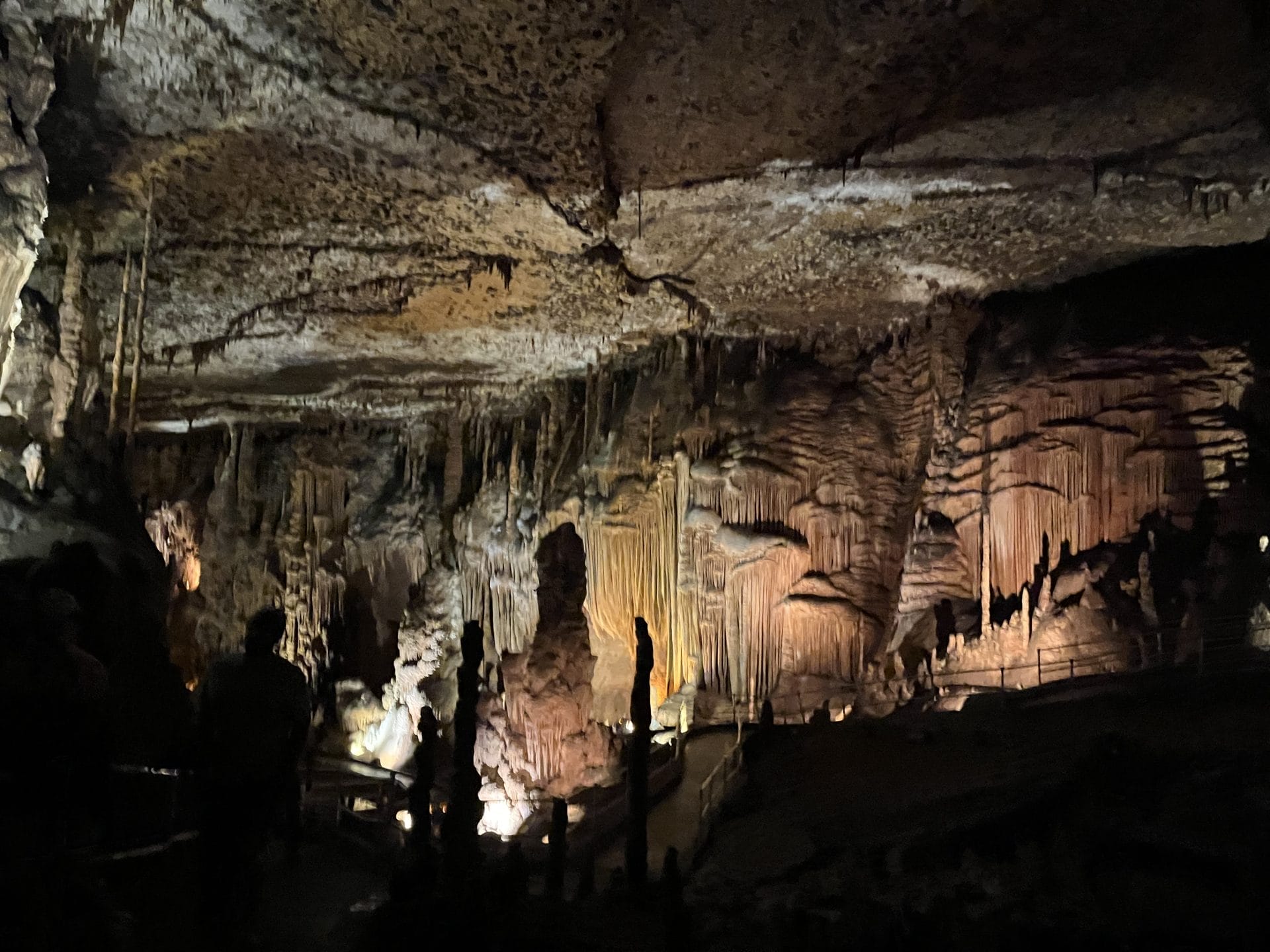




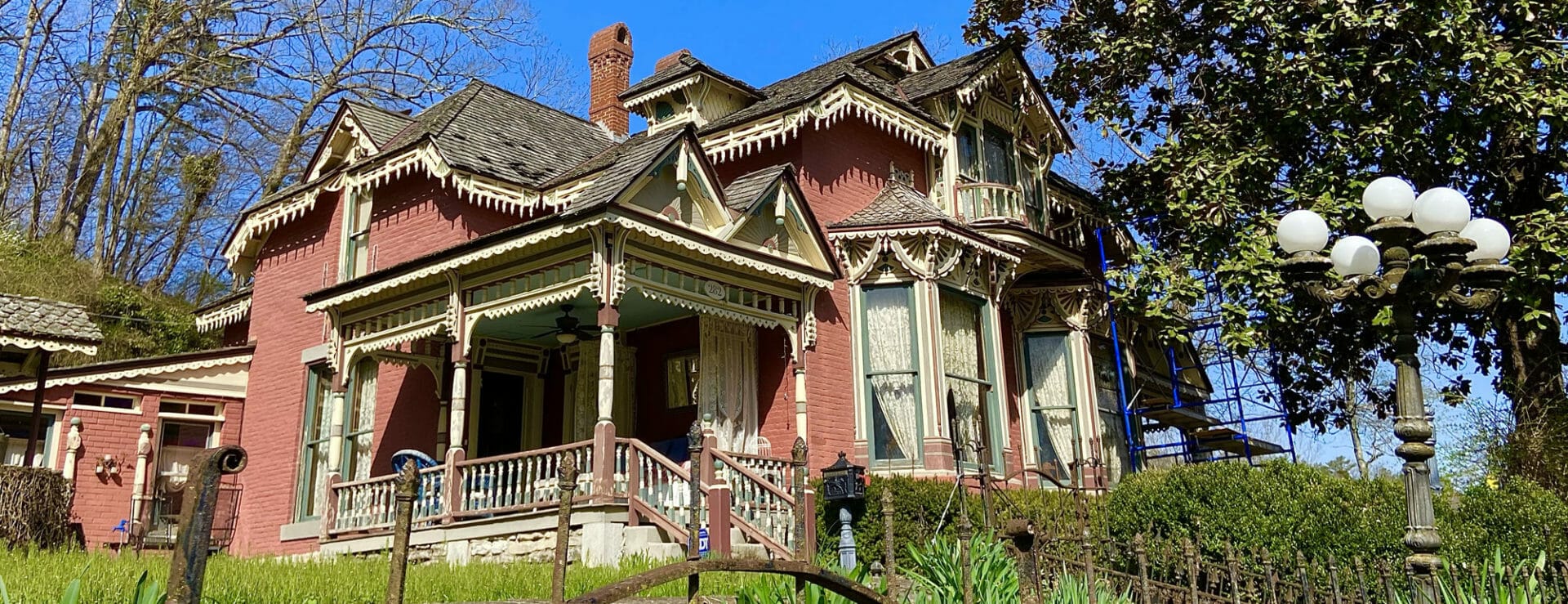

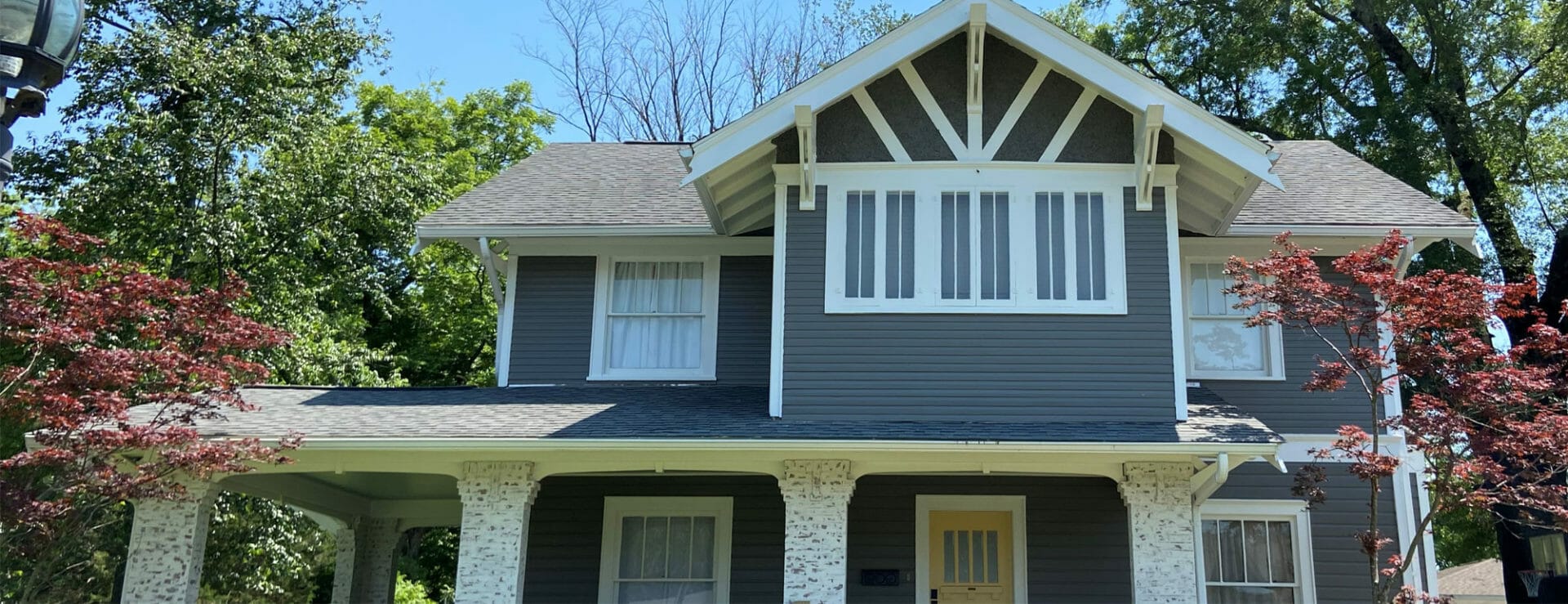
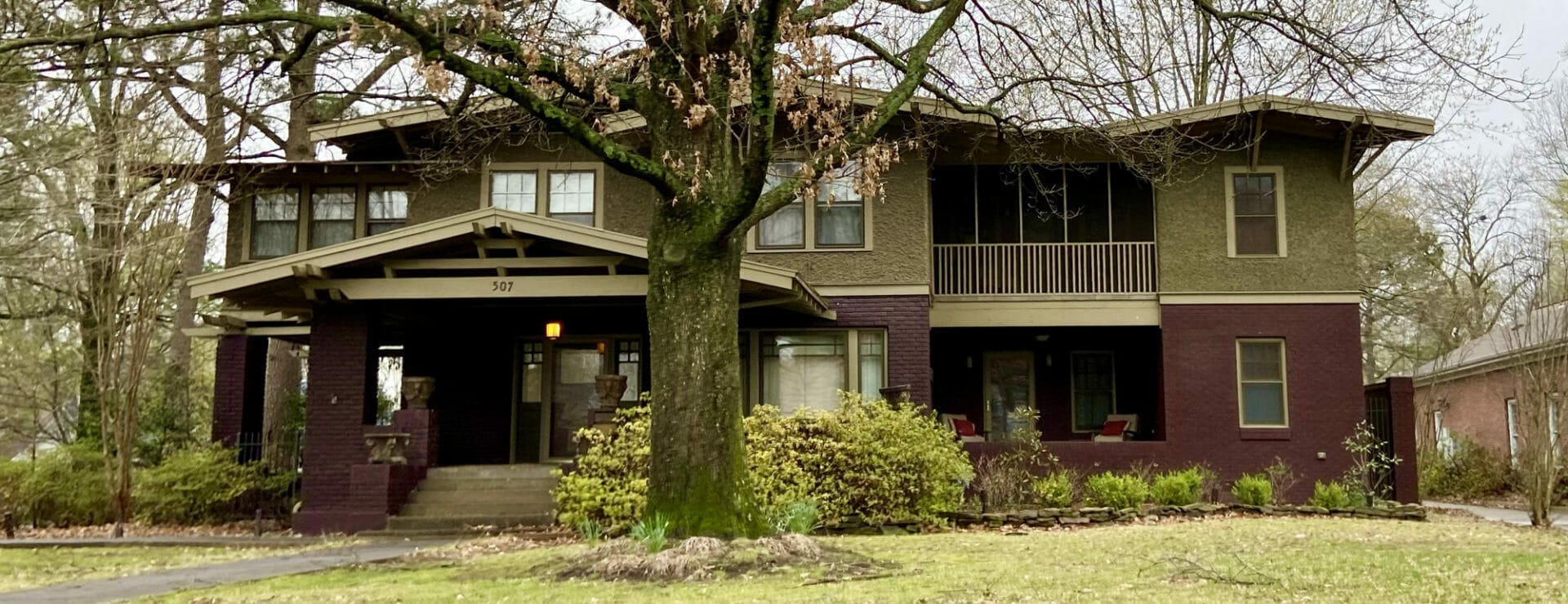
 Leave a Reply
Leave a Reply
[…] Read more about Arkansas bladesmithing history here. […]
[…] brought to fame by James Bowie, it was created in Arkansas for self-defense on the frontier. The James Black School of Bladesmithing in Washington, Arkansas, continues this […]